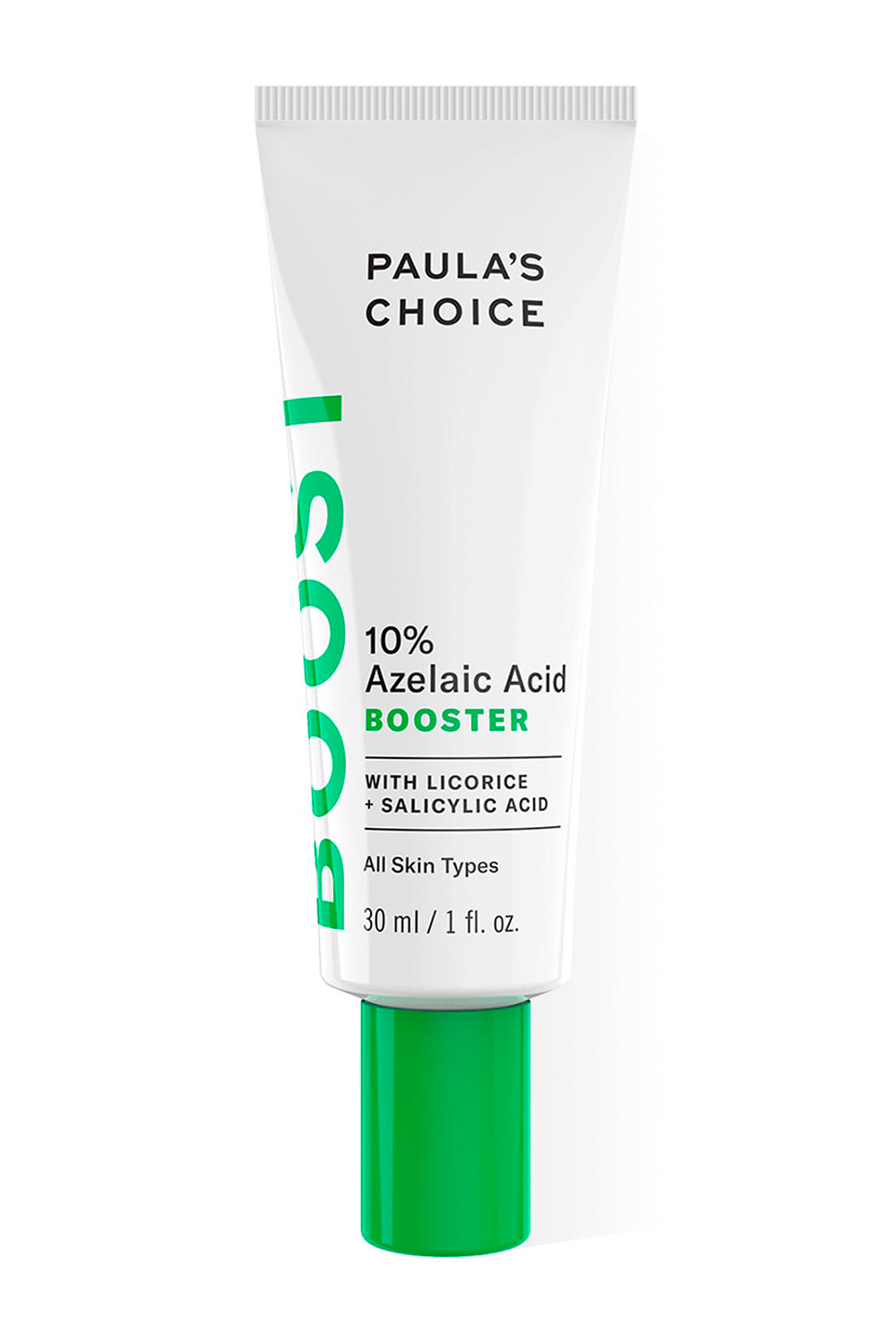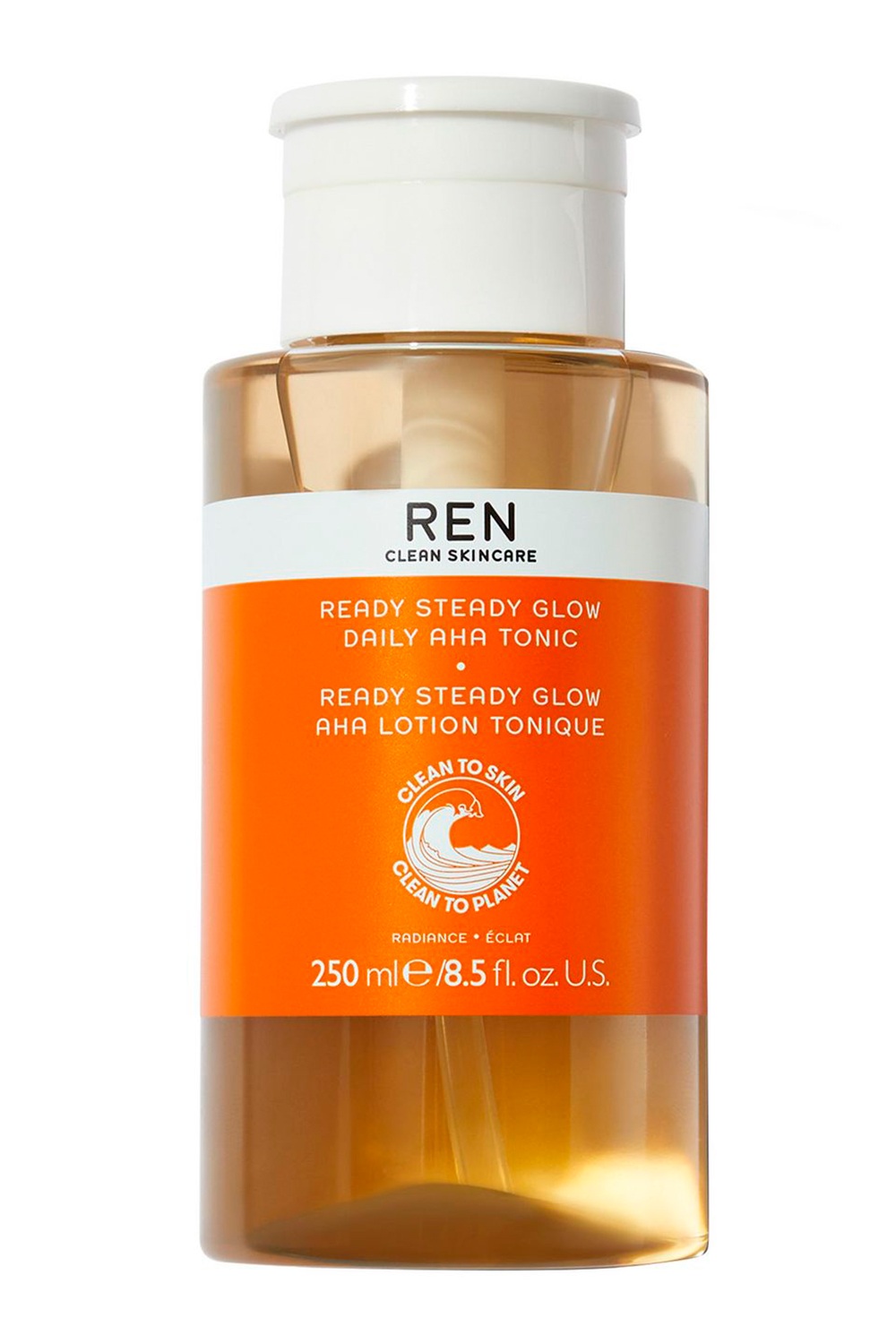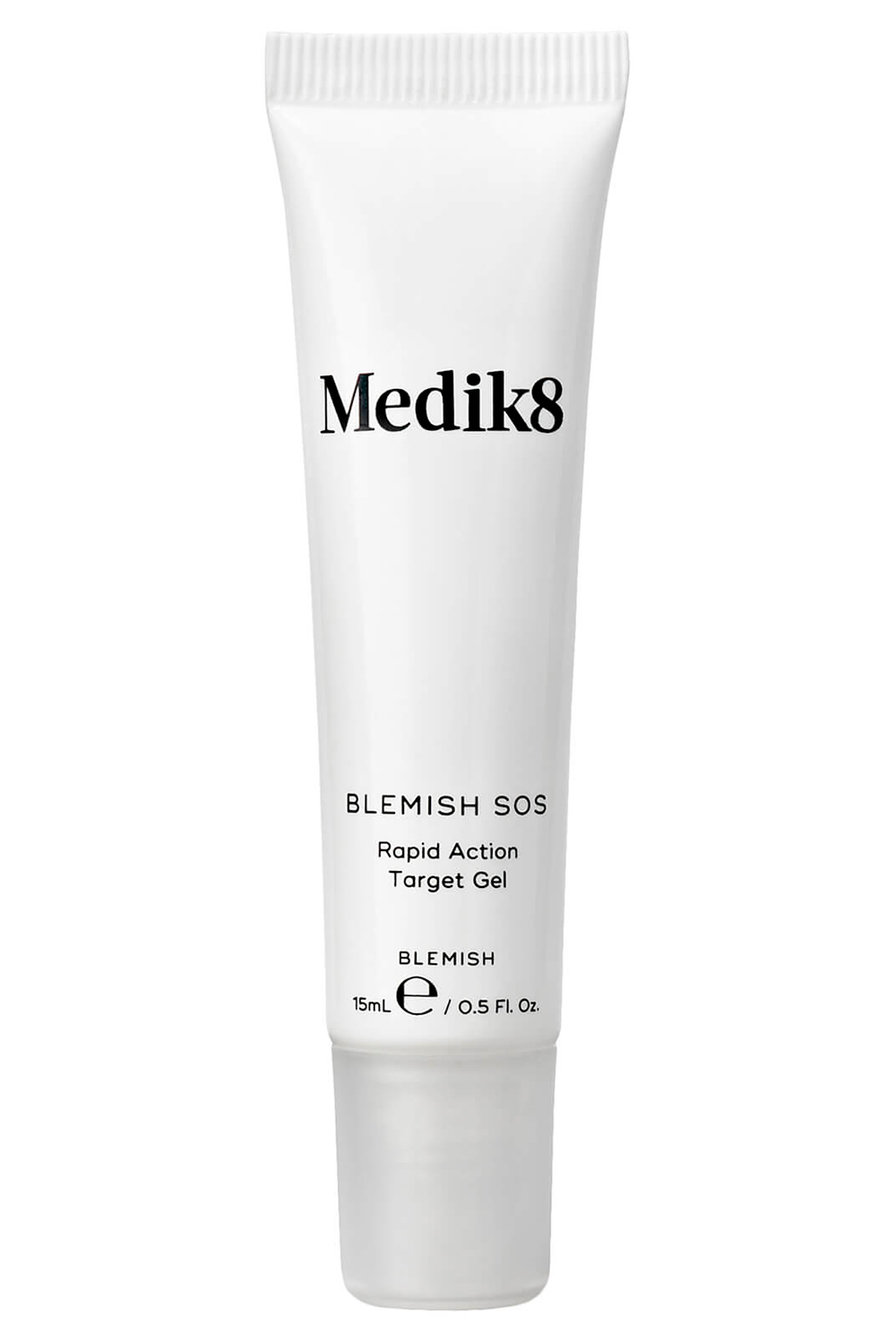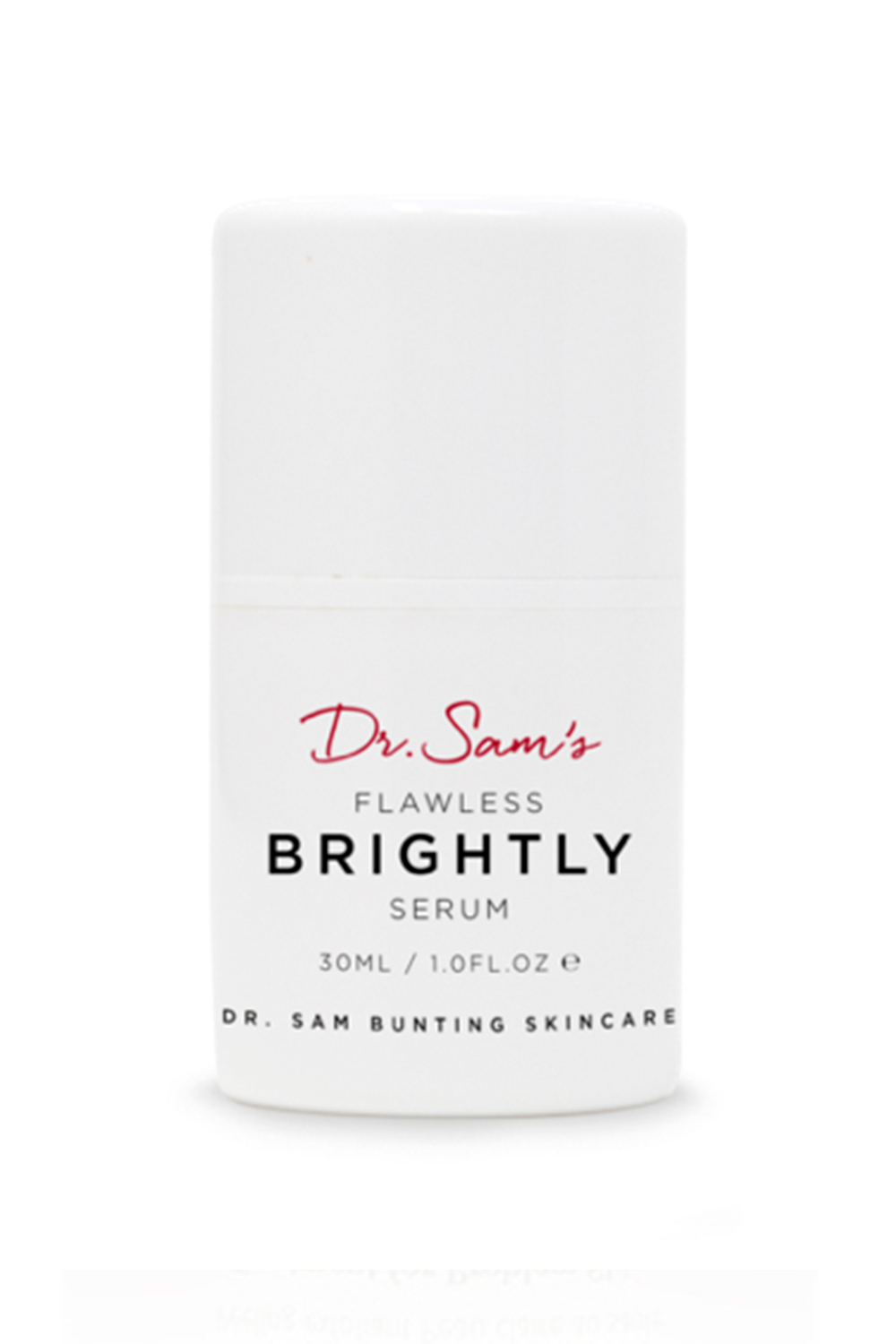Azelaic acid: the skin calming ingredient loved by acne, rosacea and pigmentation-sufferers
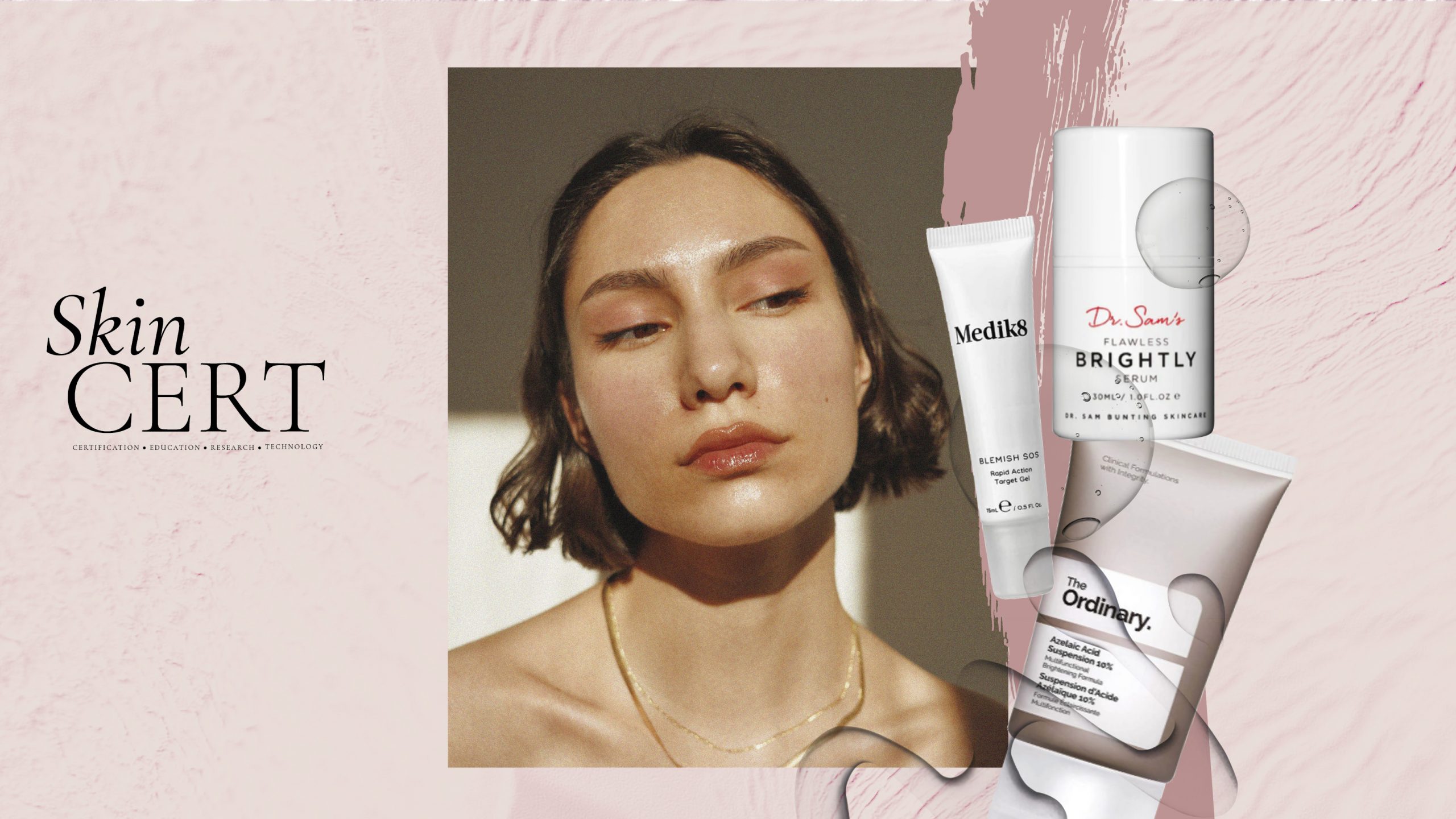

The skincare industry keeps growing at a rapid speed. There are now more brands than ever, must-have products each day and ingredients that promise the world. But when we were told by one person that azelaic acid had been a 'gamechanger' for their rosacea we knew we needed to know more.
What is Azelaic Acid?
Azelaic acid is a dicarboxylic acid. It's produced naturally by yeast that lives on healthy skin. For the purposes of skincare, it's made from grains such as barley and wheat.
It is a much-loved ingredient for those that have acne-prone skin, rosacea and hyperpigmentation, as it works well as an efficient treatment against all three.
A slosh on the skin has the same effect as a mild, leave-on exfoliant. It helps to unclog pores, making it the best acne treatment, and leaves the skin's surface impossibly smooth.
'One of the main uses of azelaic acid is to block the enzyme tyrosinase,' says medical and cosmetic consultant dermatologist Dr Anjali Mahto. 'Which causes excess melanin and uneven brown patches on the skin.' (Much in the same vein as a brilliant hyperpigmentation treatment.) 'As a result, it can also fade some of the marks left behind after acne.'
However, it also has a brilliant anti-inflammatory effect. 'This is especially useful for taking down redness in rosacea and spot-prone skin,' adds Mahto. 'In addition, it reduces 'follicular hyperkeratinisation - the abnormal shedding of skin cells, which is a key issue for acne sufferers.'
This is where our conversation with make-up artist Rose Gallagher, who has rosacea, comes in. 'Azelaic acid for me was the gamechanger in my rosacea treatment. It's the one ingredient that has not only changed the texture of my skin, but I also feel like my skin is less red. I still have my flare-ups, but some people will actually say "you don't look like you have rosacea" when I'm having a good skin day. And that is all because of azelaic acid.
Celebrity news, beauty, fashion advice, and fascinating features, delivered straight to your inbox!
Benefits of using it in your skincare routine
Azelaic acid can be prescribed in two concentrations: 15% (Finacea) and 20% (Skinoren). There are also over-the-counter creams and gels at 10% or less.
On the upside, even in lower concentrations, it delivers where skin freak-outs are concerned.
One study published in the Journal of Medical Sciences revealed that all 40 participants who used a 10% gel saw their mild to moderate acne improve after just eight weeks.
As with all acids, your skin may be more sensitive to UV rays. So Mahto emphasises the importance of incorporating an SPF into your morning skincare routine.
Here's the Marie Claire edit of the best products with azelaic acid...

This is a hydrating moisturiser that utilises the power of azelaic acid and alpha arbutin (another brightening ingredient that evens out skin tone) that together help reduce redness and dicolouration. It is on the pricier side, but we trust Skinceuticals implicitly so it's worth the investment if you can.

Katie Thomas is the Senior Beauty Editor at Marie Claire UK. With over 10 years of experience on women's luxury lifestyle titles, she covers everything from the best beauty looks from the red carpet and stand out trends from the catwalk, to colonic irrigation and to the best mascaras on the market.
